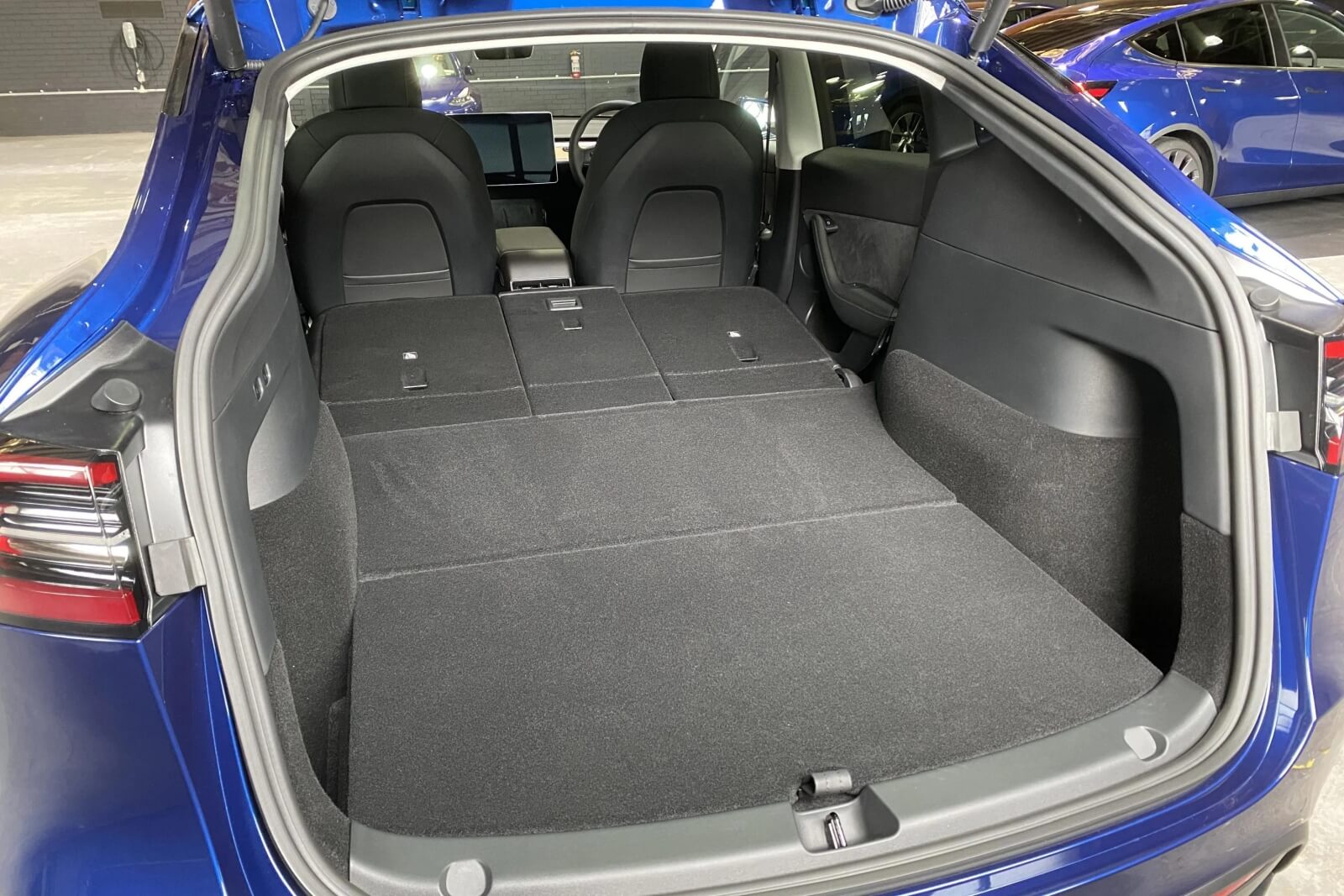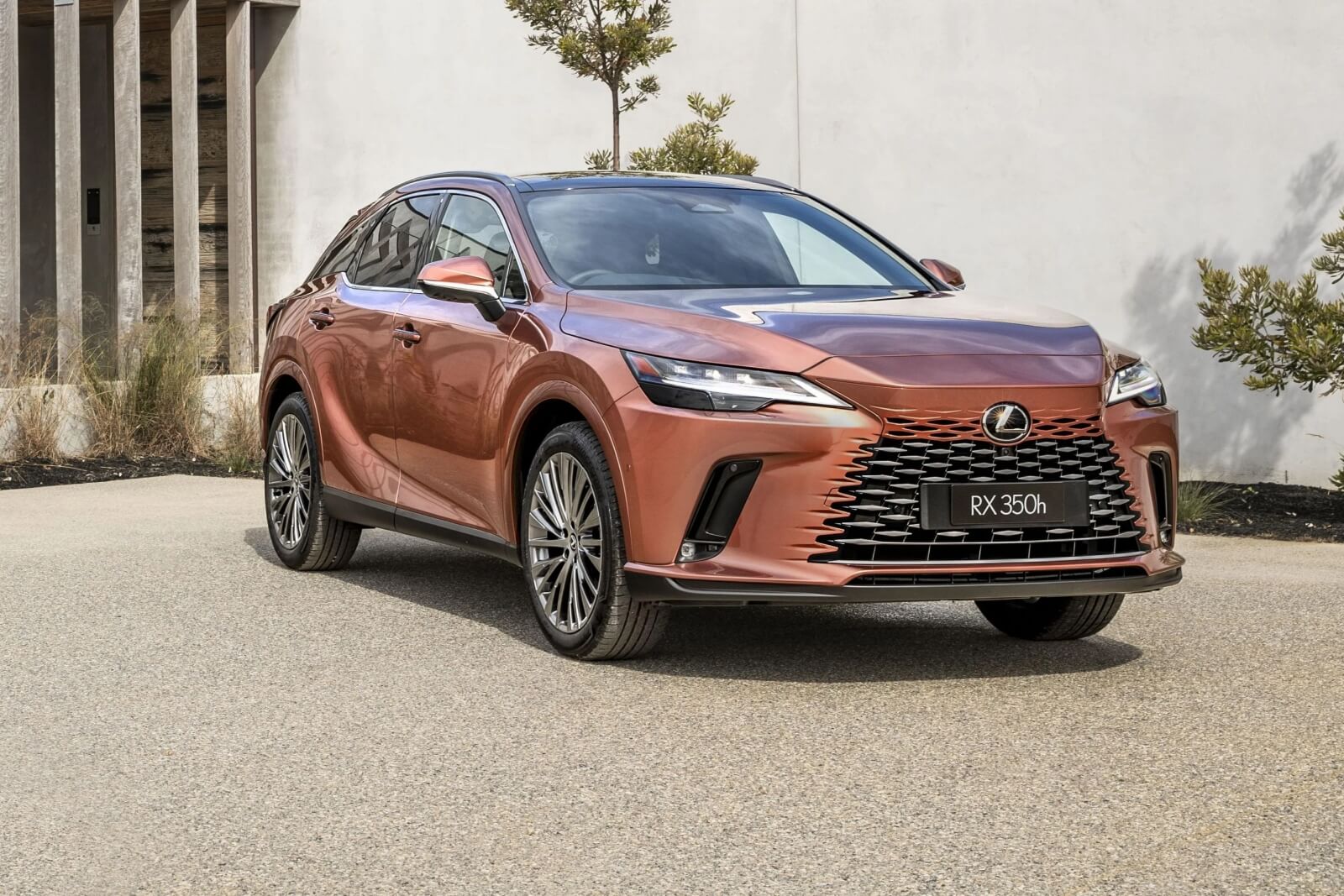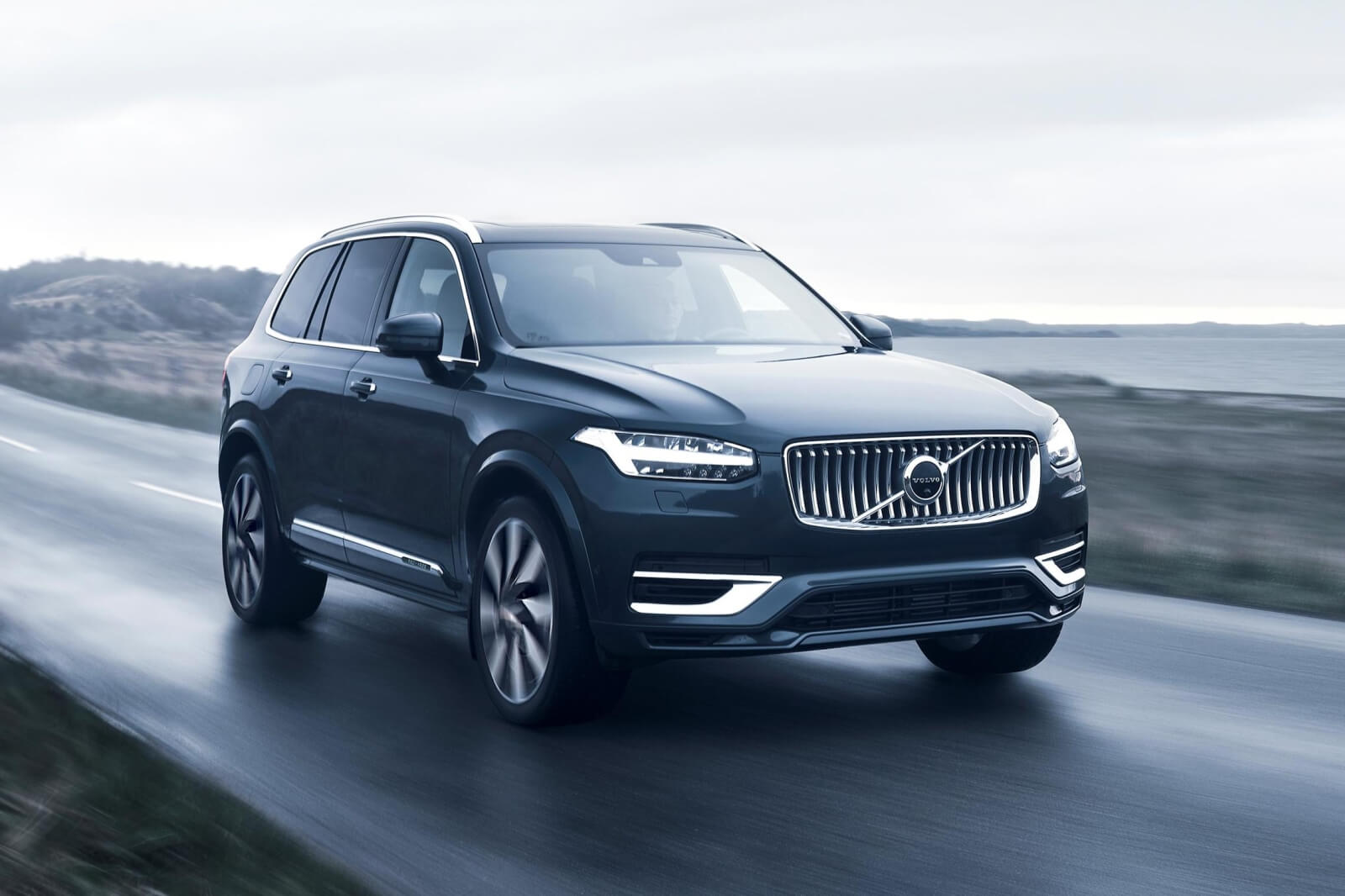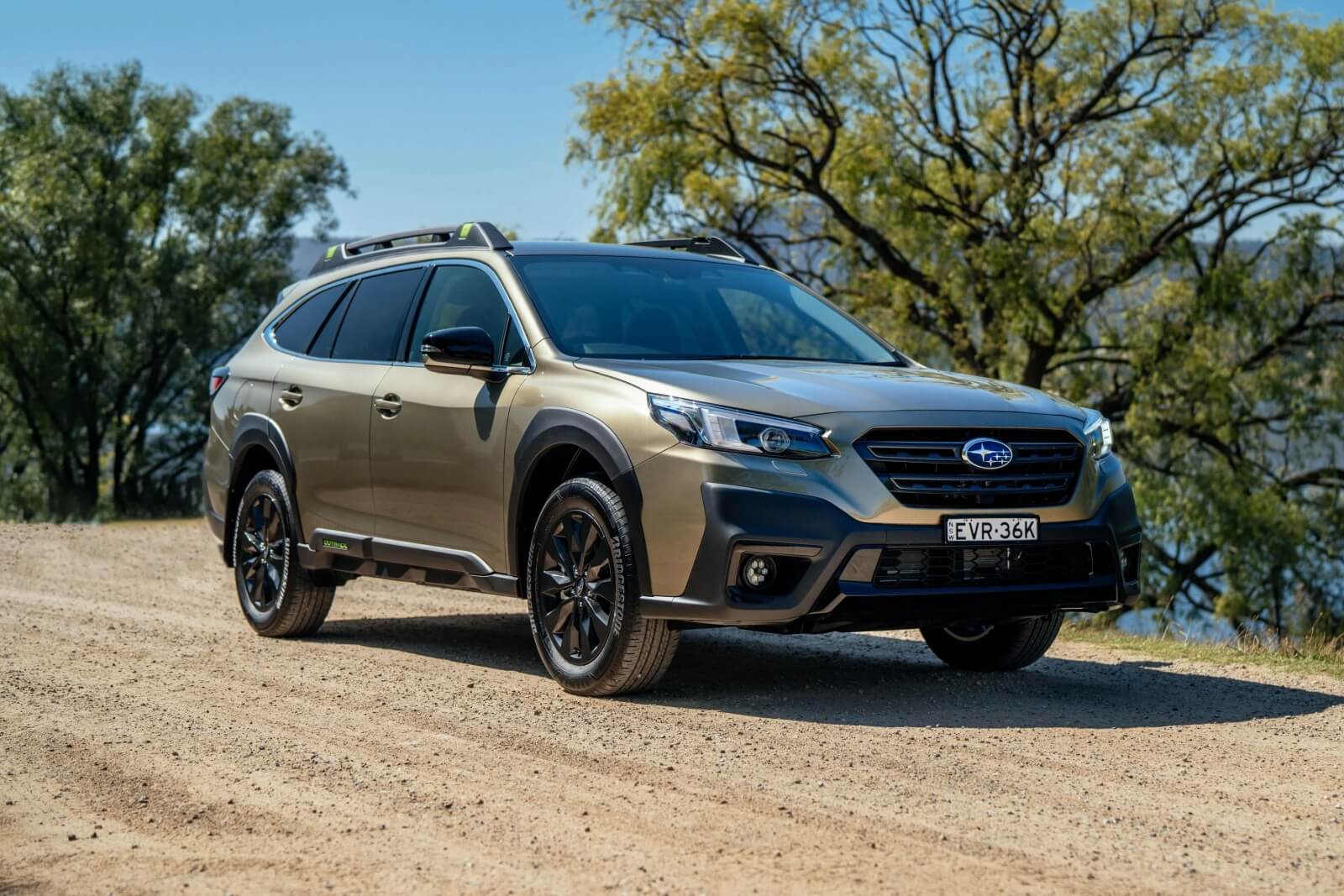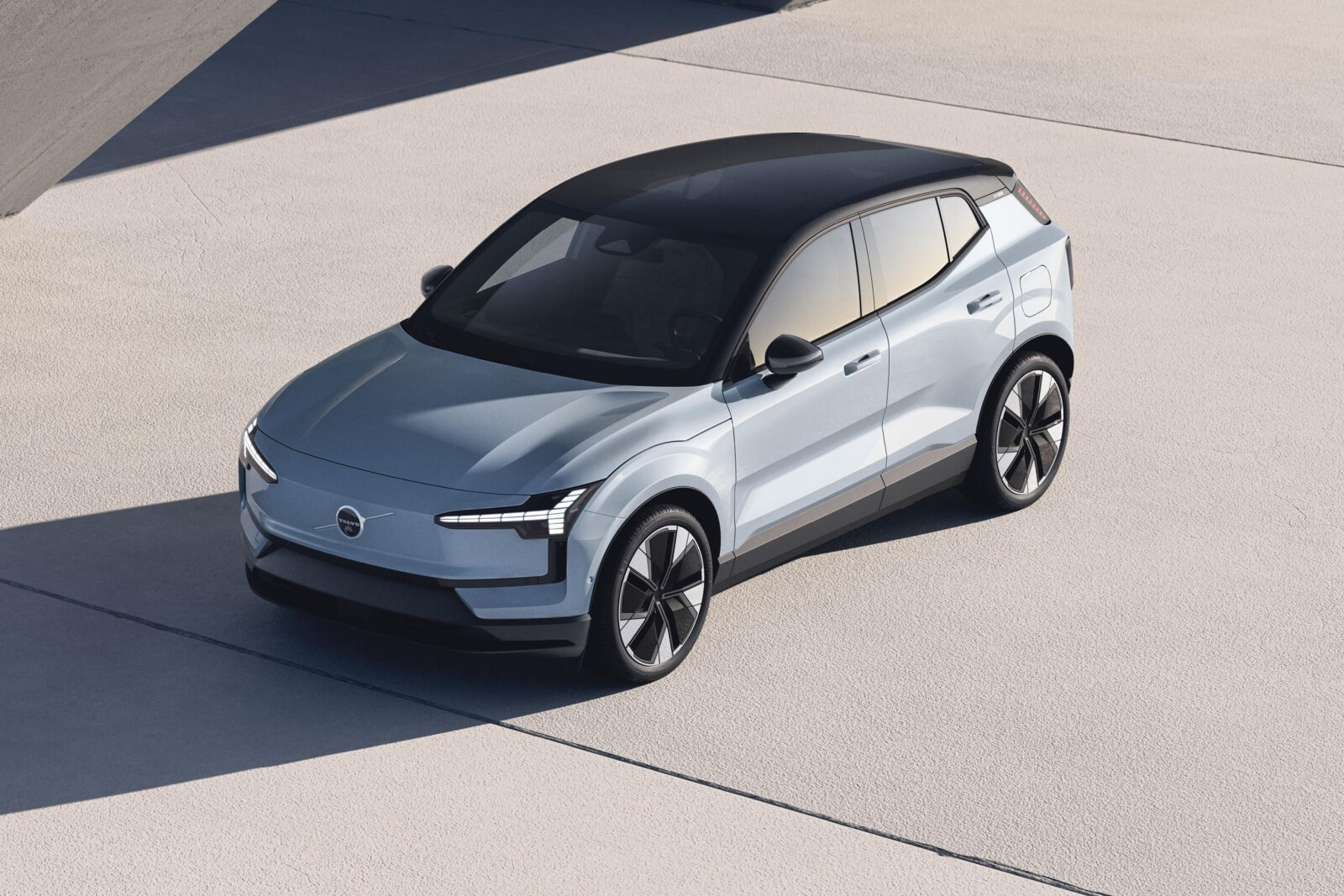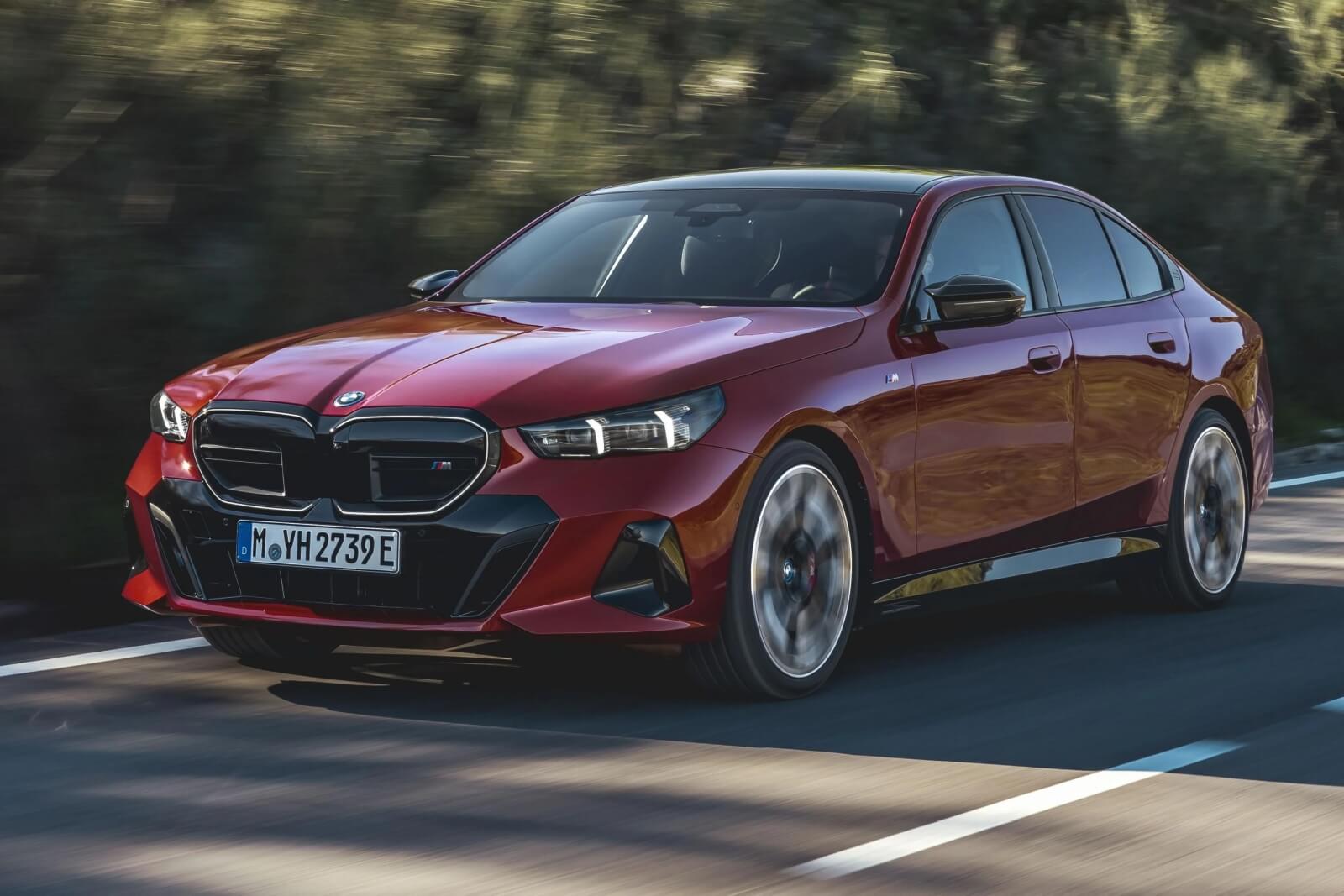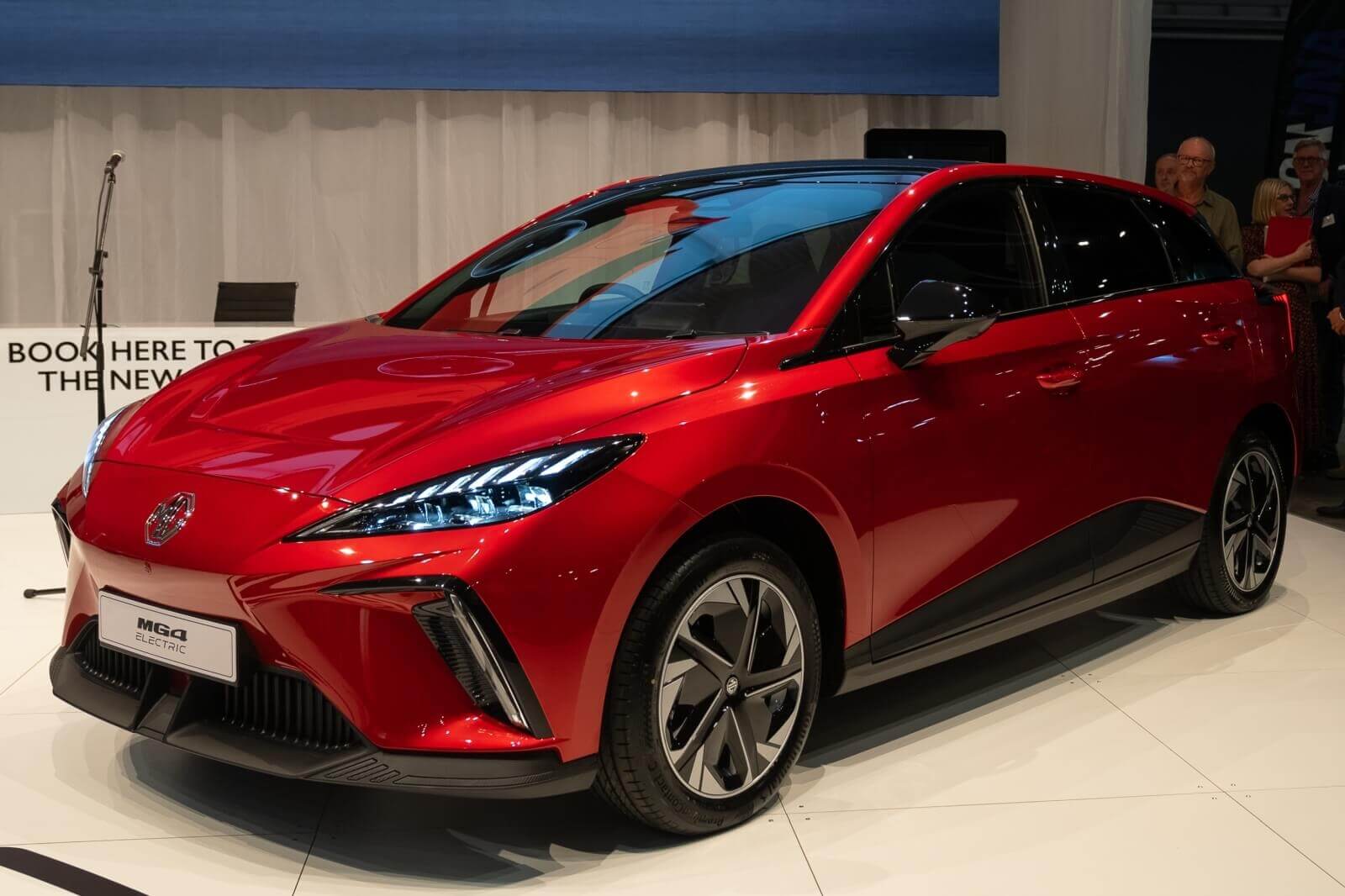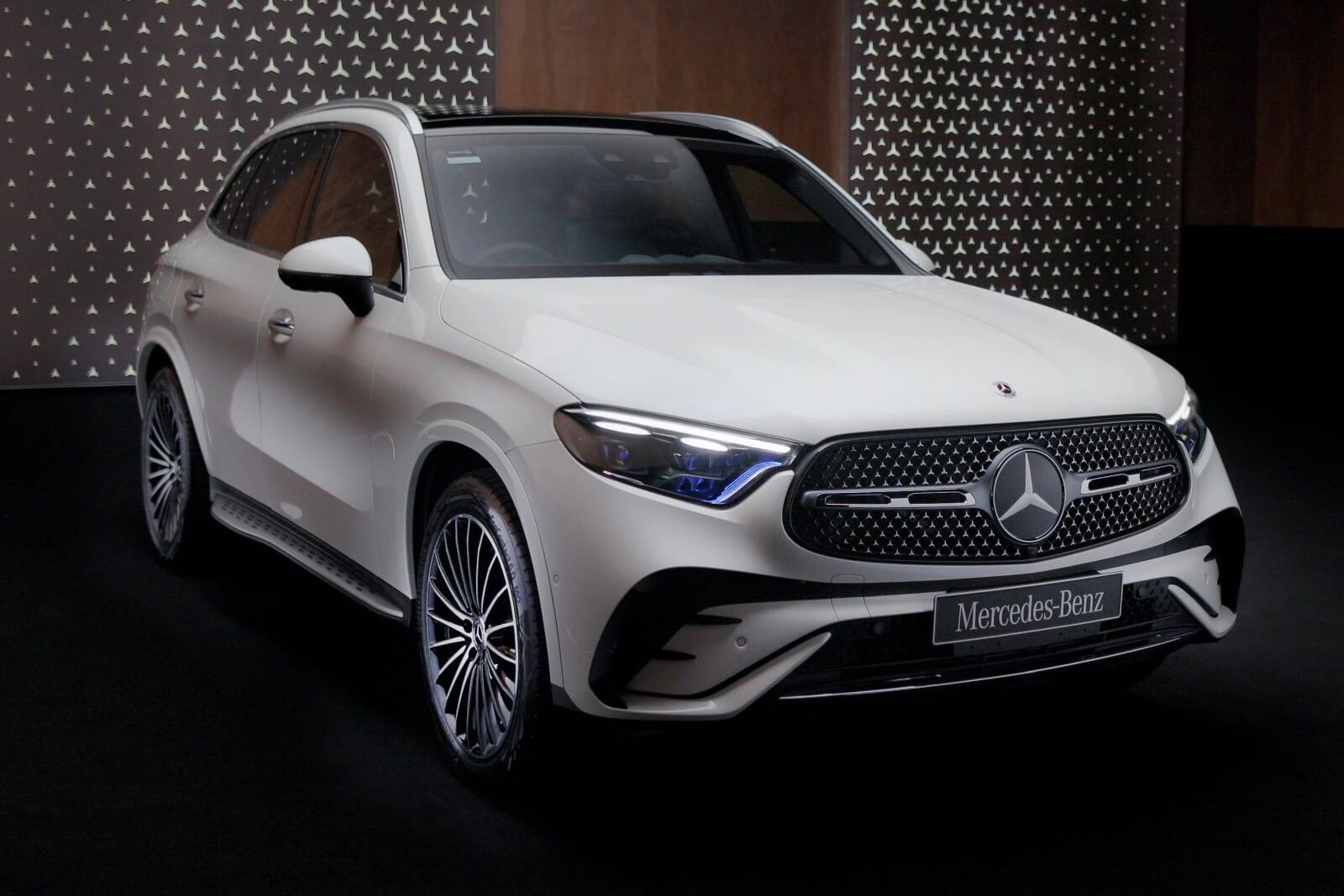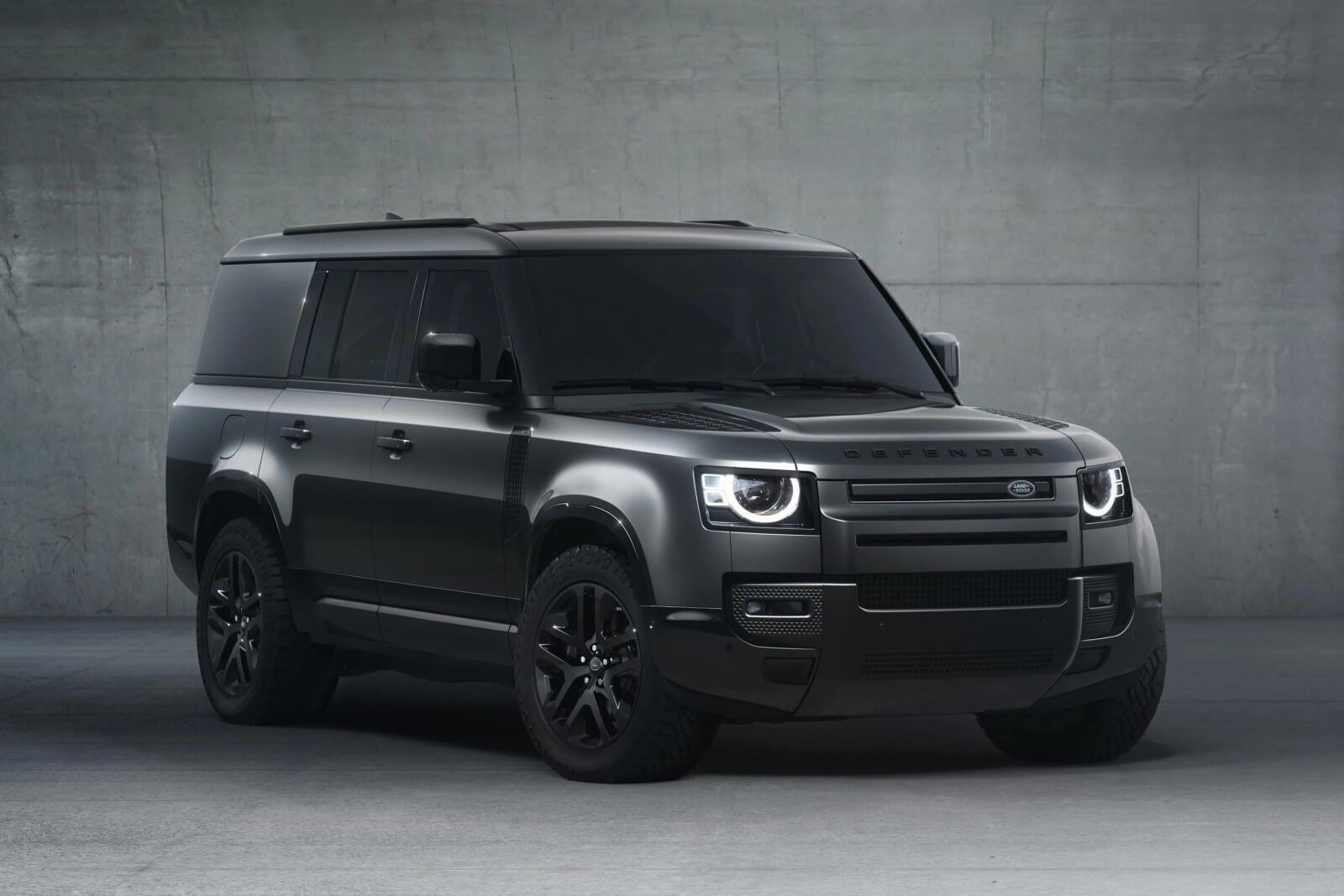Tesla's electric car prices in Australia have sunk to an all-time low. Every model's Recommended Retail Price (RRP) has been slashed by $3900. Notably, this is the third such reduction in price to take place this year.

As we step into the financial year of 2023, Tesla graces Australian patrons with a generous surprise: record-low prices for Model 3 and Y. The Yeecar team has quickly summarized the discounted costs for all versions of Model 3 and Y, contrasting them with the last major price revision (excluding a minor increase of a few hundred Australian dollars).
The drive-away costs compiled by Yeecar for Tesla Model 3 and Y in each Australian state don't factor in the unique subsidy policies for fully electric models operated by the individual states. For a quick overview of subsidy policies for electric vehicles, refer to the "Update 3" article.
For instance, in NSW, an electric model priced under A$68,750 receives an AUD 3,000 subsidy and exemptions from stamp duties. Queensland offers subsidies up to A$6,000 for electric models under A$68,000. Similarly, pure electric models under A$68,750 in South Australia get a A$3,000 subsidy, while those under A$70,000 in Western Australia are eligible for a A$3,500 subsidy. ACT offers stamp duty exemptions for all electric models, free registration for two years, and interest-free car loans of up to A$15,000 - translating to nearly A$3,000 saved in interest over three years.
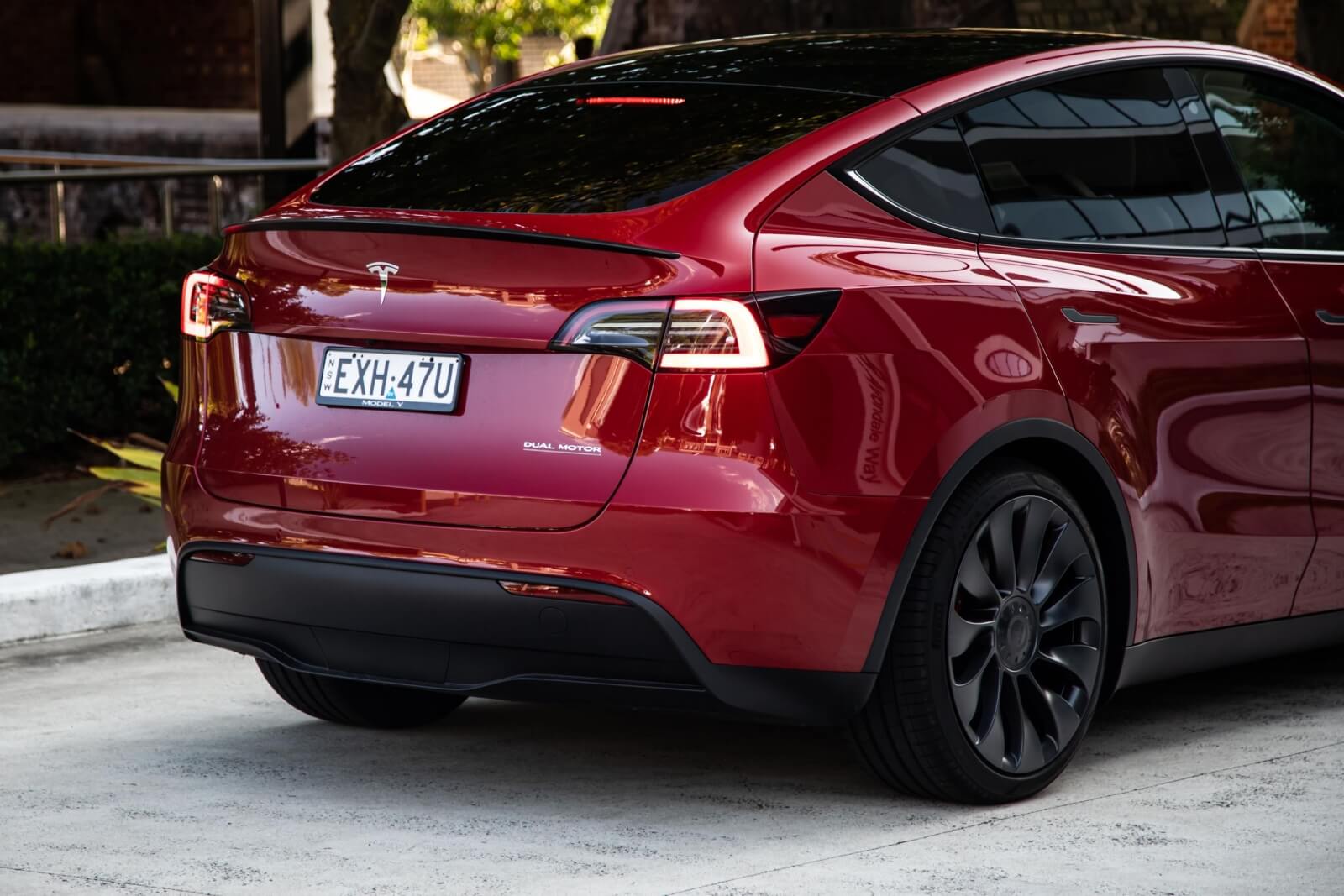
Conversely, Victoria, which offers no subsidy for electric vehicles, also saw the cancellation of a previous A$3,000 subsidy for electric vehicles priced below A$68,750, effective 6 pm on June 30, 2023. Furthermore, Victoria is presently the only Australian state to raise road usage charges for electric and plug-in hybrid models. As of July 1, electric models in Victoria incur an additional road tax of 2.8 cents per kilometer, while plug-in hybrid models are charged 2.3 cents per kilometer. For an electric car with annual mileage of 15,000 kilometers, this translates to an extra A$420 in new energy vehicle road tax, a charge not currently levied in other states.
Post the considerable price reduction, Tesla's prices in Australia remain uncompetitive compared to its US and China markets. US customers enjoy a subsidy-reduced Tesla price by US$7,500. In China, the Tesla price has fallen by RMB 36,000 for Model 3 RWD and RMB 29,000 for Model Y since a few months ago. As a result, the starting prices of China-made Model 3 and Model Y dropped to RMB 229,900 and RMB 259,900, roughly about A$48,900 and A$55,200, respectively.
Model 3
The 2023 Tesla Model 3 RWD, a rear-wheel-drive model, features a 62.3kWhm battery pack. It boasts an impressive 491km range based on the stricter new European driving cycle test (WLTP), a maximum speed of 225km/h, total power output of 208kW/420Nm, and a 0-100km/h acceleration time of 6.1 seconds.
The 2023 Tesla Model 3 Long Range, a four-wheel-drive model, is powered by two independent electric motors, an upsized 82kWh battery pack, and flaunts a maximum range of 602km (WLTP), maximum speed of 233km/h, 0-100km/h acceleration time of 4.4 seconds, and total power output of 324kW/493Nm.

Lastly, the 2023 Tesla Model 3 Performance, the premium model, also boasts a dual-motor setup with an 82kWh battery pack, 547km WLTP range, and an aggregate power output of 393kW/660Nm.
The 2023 Tesla Model 3 measures 4694mm in length, 1933mm in width, and 1443mm in height, with a wheelbase of 2875mm. The trunk and combined storage spaces are 425L and 649L, respectively.
The base Model 3 Standard Range RWD for 2023 offers an array of features including: rear-wheel drive, a single-motor drive system, a 15-inch central touchscreen infotainment system, satellite navigation, 18-inch alloy wheels, 12-way power-adjustable front seats, heated front row seats, tinted glass roof, power-folding mirrors, LED headlights, keyless entry, push-button start, automatic headlights and high beams, sensor wipers, power tailgate, wireless phone charging, and dual-zone climate control.
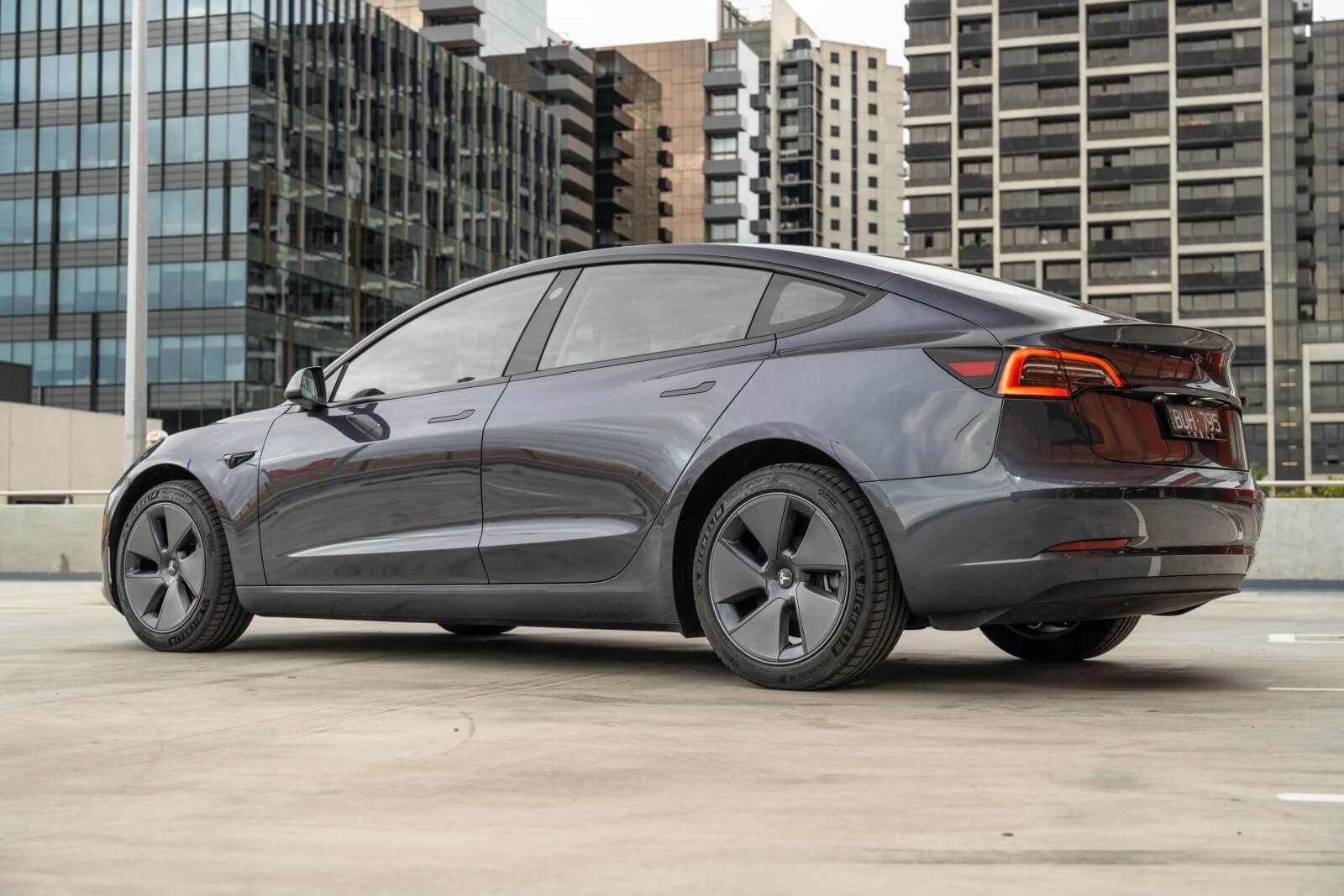
Upgrades for the Model 3 Long Range AWD include four-wheel drive, a dual-motor powertrain, heated rear seats, LED fog lights, factory floor mats, and a 13-speaker premium audio system.
Upgrade to the Model 3 Performance AWD model and gain 20-inch alloy wheels, high-performance brake components, a carbon fiber spoiler, lowered body suspension, metal pedals, and track mode.
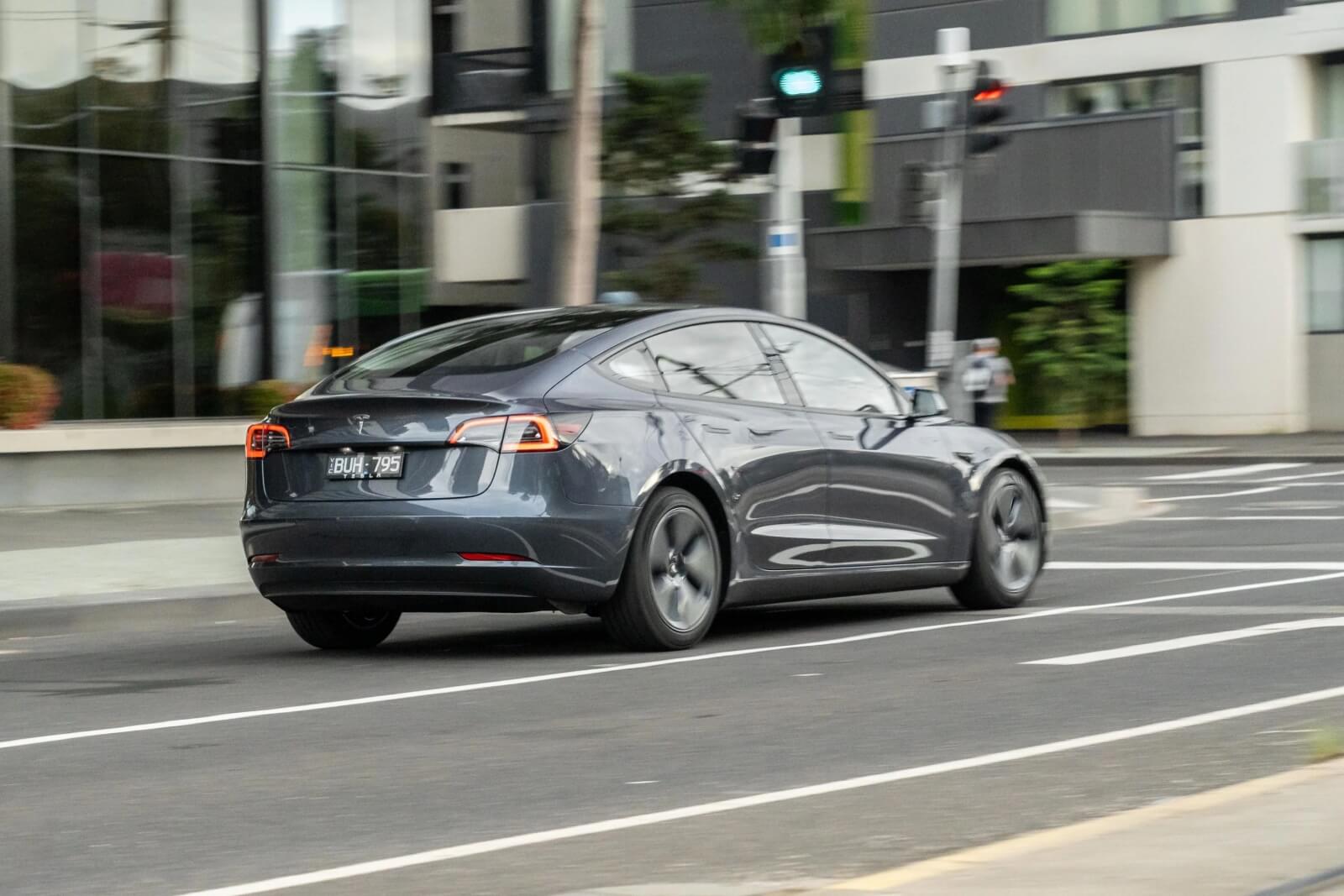
Model Y
The base Model Y RWD for 2023 comes equipped with a 3D6 rear axle drive single motor produced by the Shanghai Tesla Factory, offering a maximum power of 220kW, peak torque of 404Nm, a battery pack capacity of 62.3kW, 0-100km/h acceleration in 6.9 seconds, and a comprehensive cruising range of 455 kilometers under the WLTP standard test.
The Model Y Long Range version offers an 82.8kW battery pack and dual motors, four-wheel drive, a maximum power of 378kW, peak torque of 493Nm, a 0-100km/h acceleration in 5.0 seconds, and a comprehensive cruising range of 533 kilometers under the WLTP standard test.

The Model Y Performance version boasts an 82.8kW battery pack and dual motor setup, providing a maximum power of 393kW, peak torque of 659Nm, a 0-100km/h acceleration in just 3.7 seconds, and a comprehensive cruising range of 514 kilometers under the WLTP standard test.
The 2023 Tesla Model Y measures 4750mm in length, 1978mm in width, and 1624mm in height, with a wheelbase of 2890mm. The trunk space is 854L, and the total front and rear storage space is 971L.

Standard features of the 2023 Tesla Model Y Standard RWD include 19-inch alloy wheels, 15-inch touchscreen, Bluetooth, sat-nav, multiple driver profiles, app integration, electrically adjustable front seats, heated front and rear seats, heated steering wheel, choice of black or white interior trim, tinted glass roof with UV and IR protection, power folding auto-dimming heated mirrors, wireless phone charging for two smartphones, four USB-C ports, a 13-speaker audio system with subwoofer and two amplifiers, automatic emergency braking, Autopilot semi-autonomous driving system (adaptive cruise control and lane keeping assist), and blind-spot monitoring.
Upgrade to the Model Y Long Range AWD model for additional features like four-wheel drive and a dual-motor powertrain.
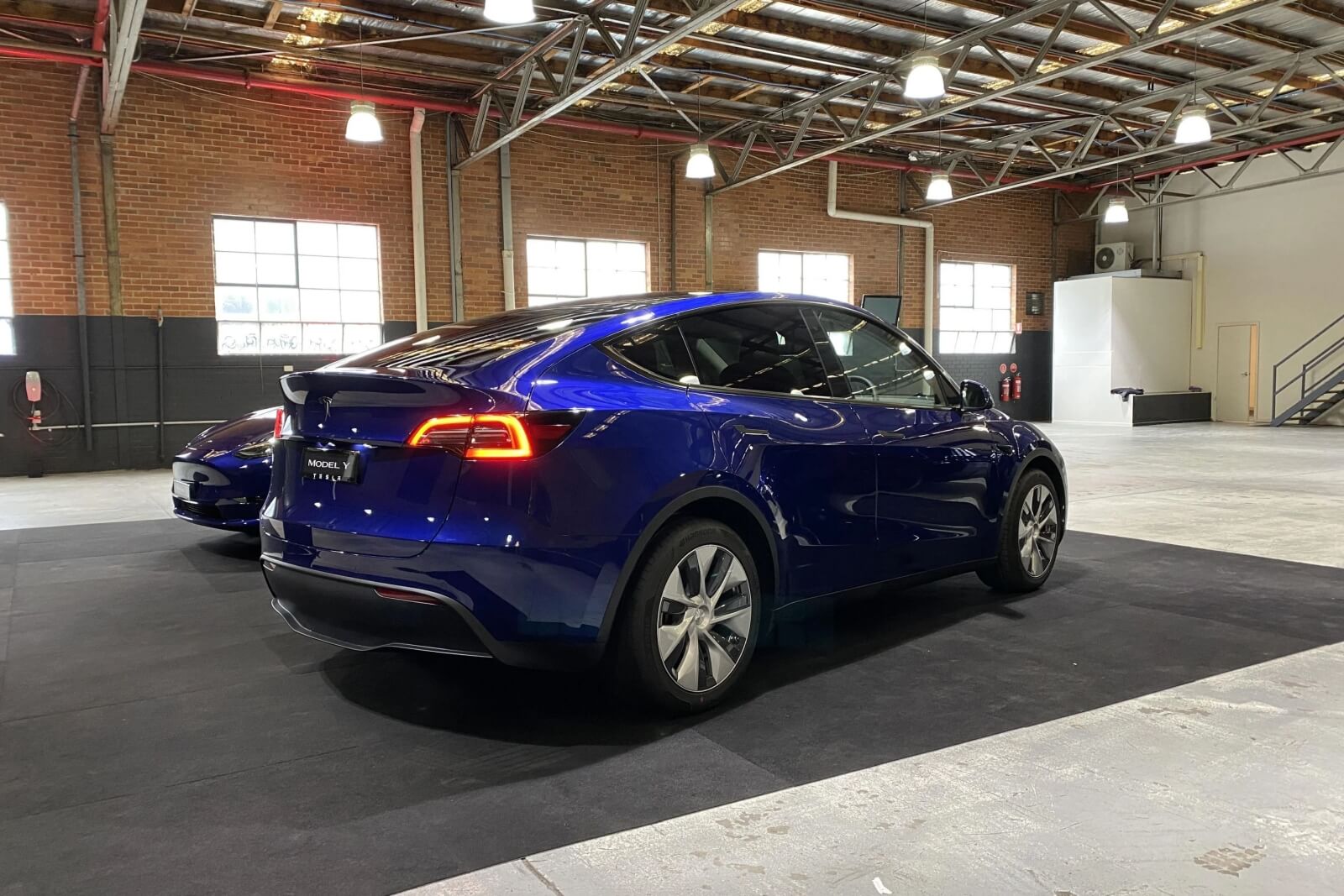
Upgrading to the Model Y Performance adds features like 21-inch alloy wheels, Brembo high-performance brake components, carbon fiber spoiler, lowered body suspension, aluminum alloy pedals, and track mode.
As for safety features, both the 2023 Model 3 and Model Y have a five-star safety rating from ANCAP. Both models are equipped with essential safety assistance technologies, such as adaptive cruise control, lane keeping assist, automatic emergency braking, and reversing imaging. An optional EAP (Enhancement Autopilot) package, costing 5,100 Australian dollars, adds automatic lane switching, automatic parking, intelligent summoning, and automatic driving functions under navigation.
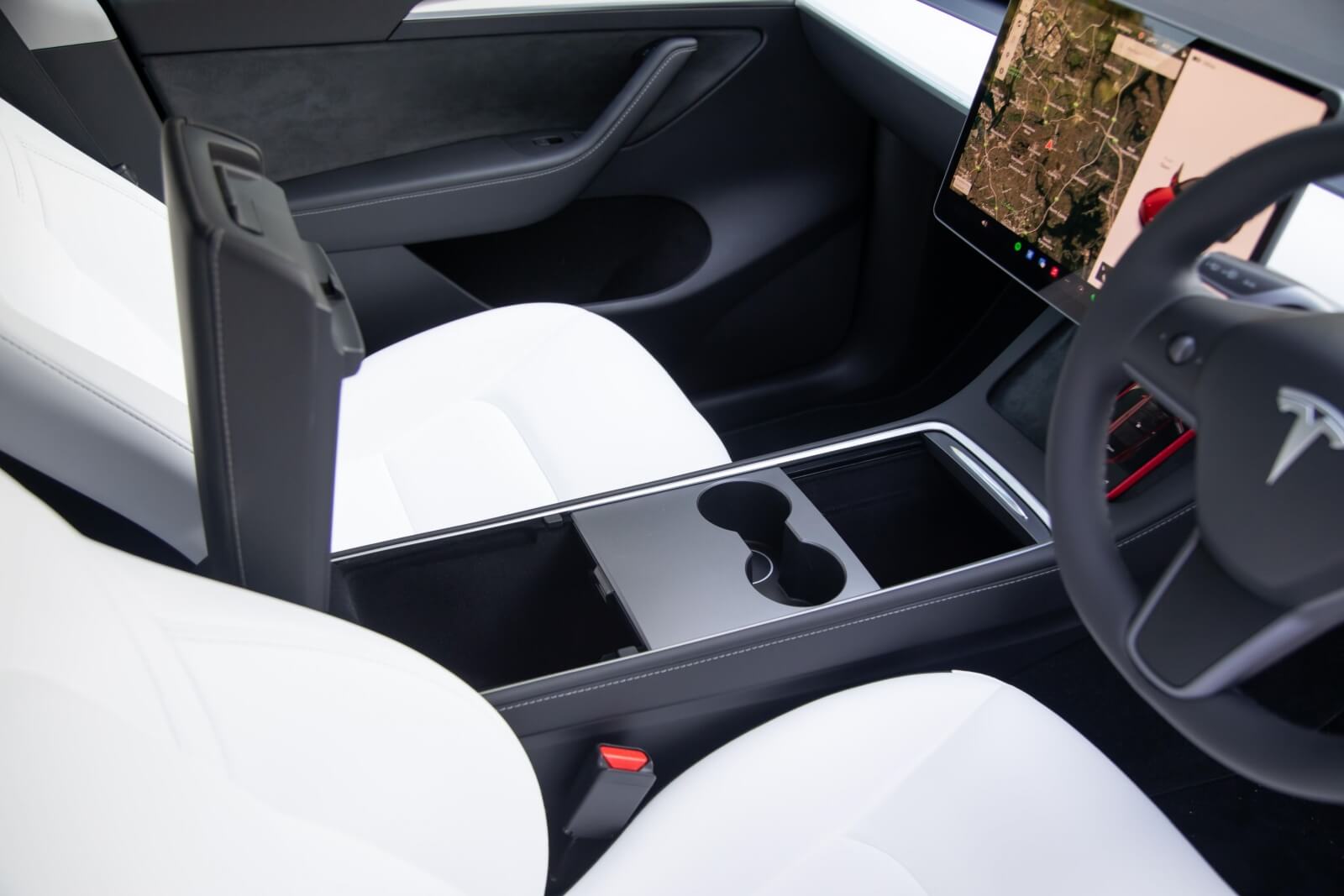
The most advanced FSD (Full Self-Driving) package, priced at 10,100 Australian dollars, adds signal lights and traffic sign recognition, along with an upcoming assisted automatic driving function for urban areas. It's worth noting, though, that the FSD package has not yet completed local road testing in Australia.
In terms of exterior colors, both the 2023 Tesla Model 3 and Model Y offer five options: Pearl White Multi-Coat (no cost), Solid Black (+1,500 Australian dollars), Midnight Silver Metallic (+1,500 Australian dollars), Deep Blue Metallic (+A$1,500), and Red Multi-Coat (+A$2,400).
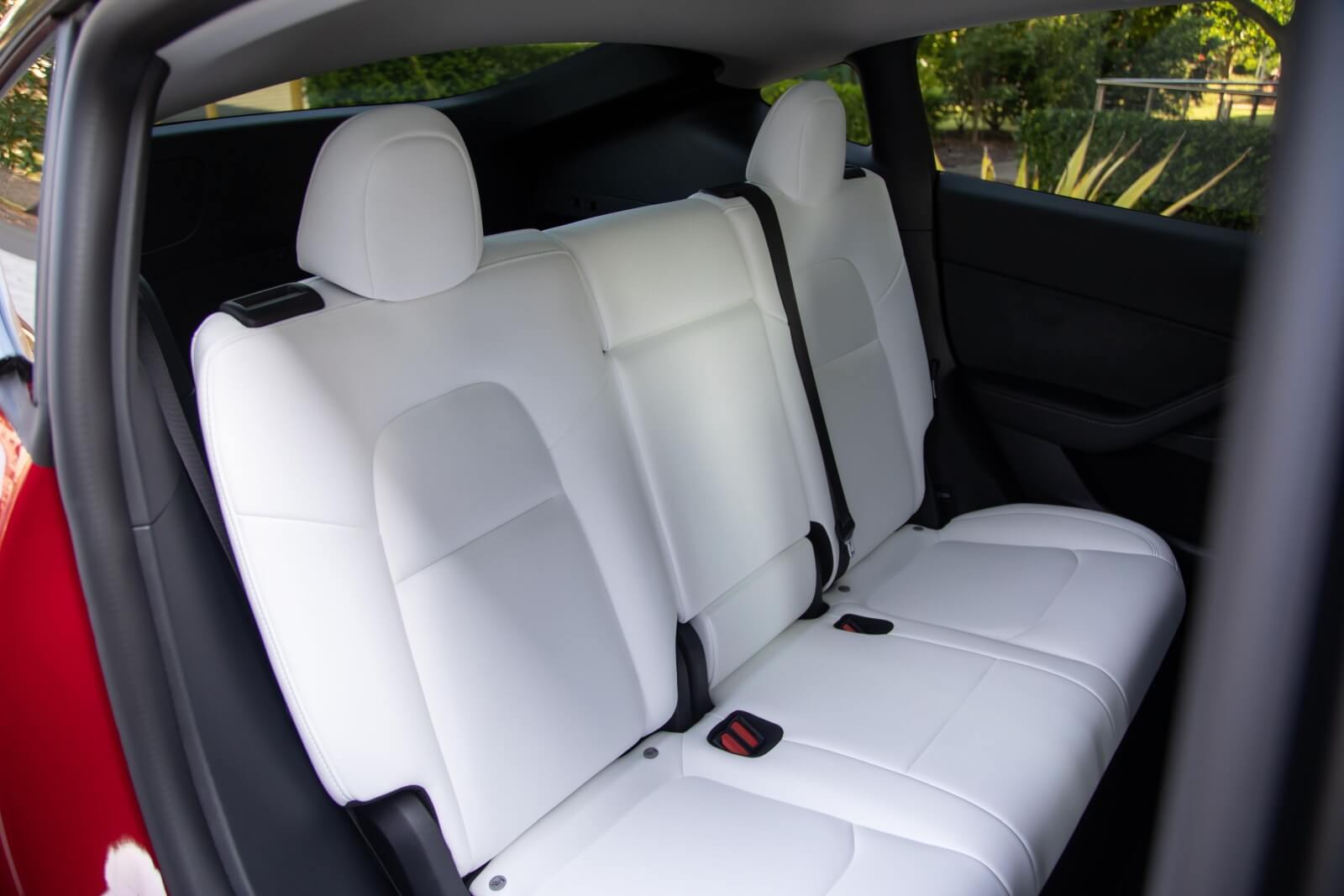
For maintenance and warranty, all 2023 Model 3 and Model Y models come with Tesla’s standard 4-year/80,000km warranty. RWD models have an 8-year/160,000km battery and drive unit warranty, while the Long Range and Performance models get an 8-year/192,000km battery and drive unit warranty. Tesla guarantees that battery decay will not exceed 30% during the battery warranty period.
Given the fewer moving parts in Tesla models, the Model 3 and Model Y require minimal maintenance. Tesla suggests replacing the air conditioner filter every two years and checking the tire tread every 20,000 kilometers. Due to the vehicle's regenerative braking, the brake pads and discs are used less frequently compared to gasoline models, reducing the frequency of brake component replacements. Nevertheless, the Model 3 needs a brake fluid check every two years and lubrication of brake pads and rotors every 12 months in cold weather.
